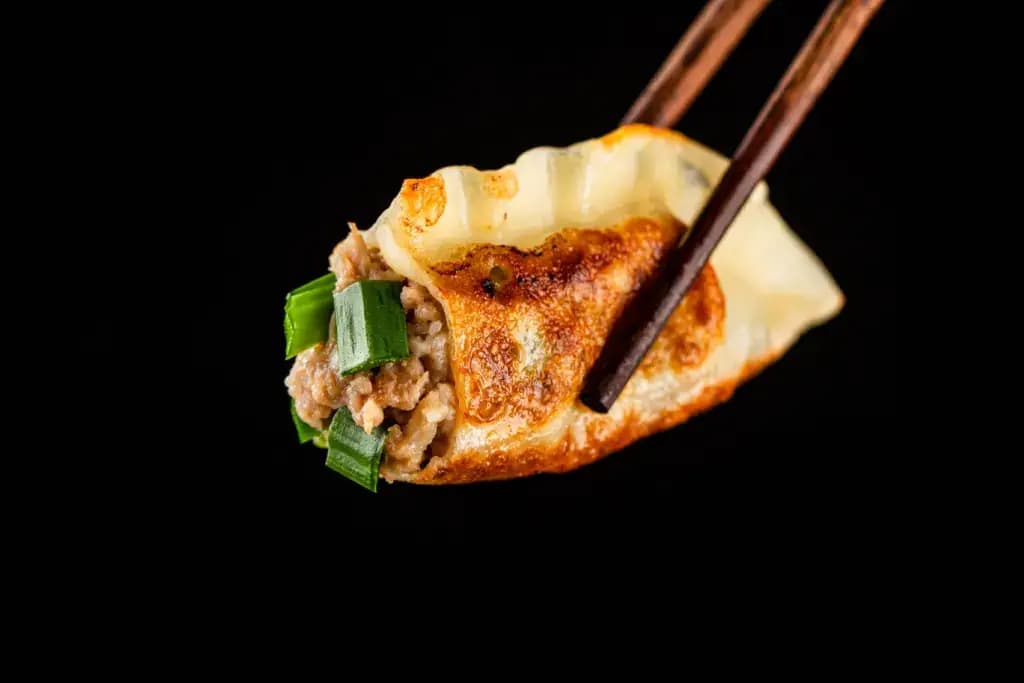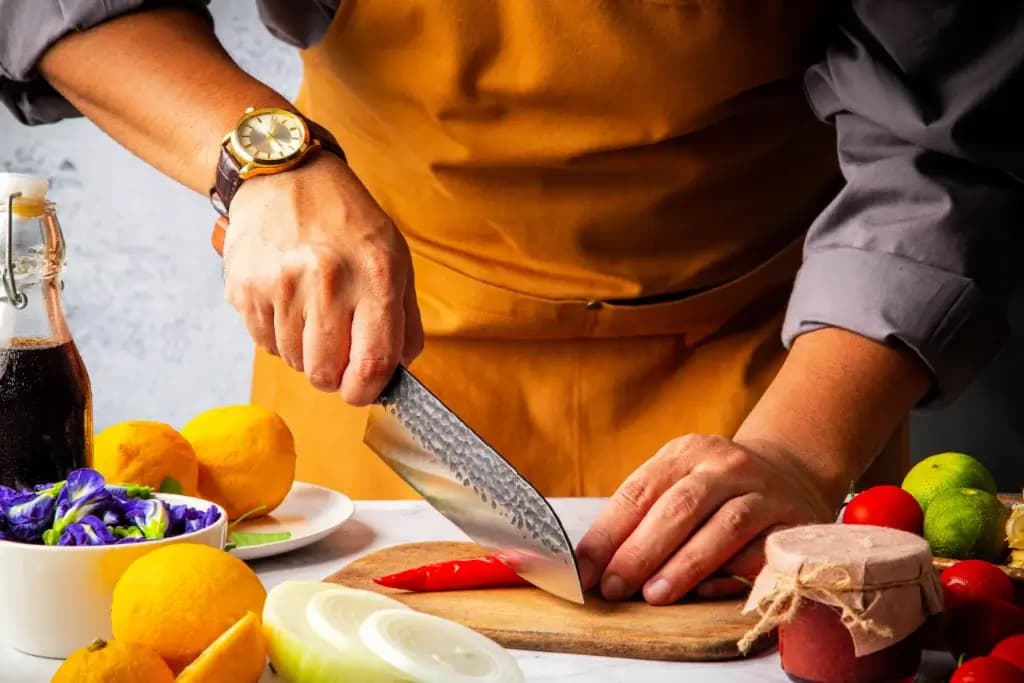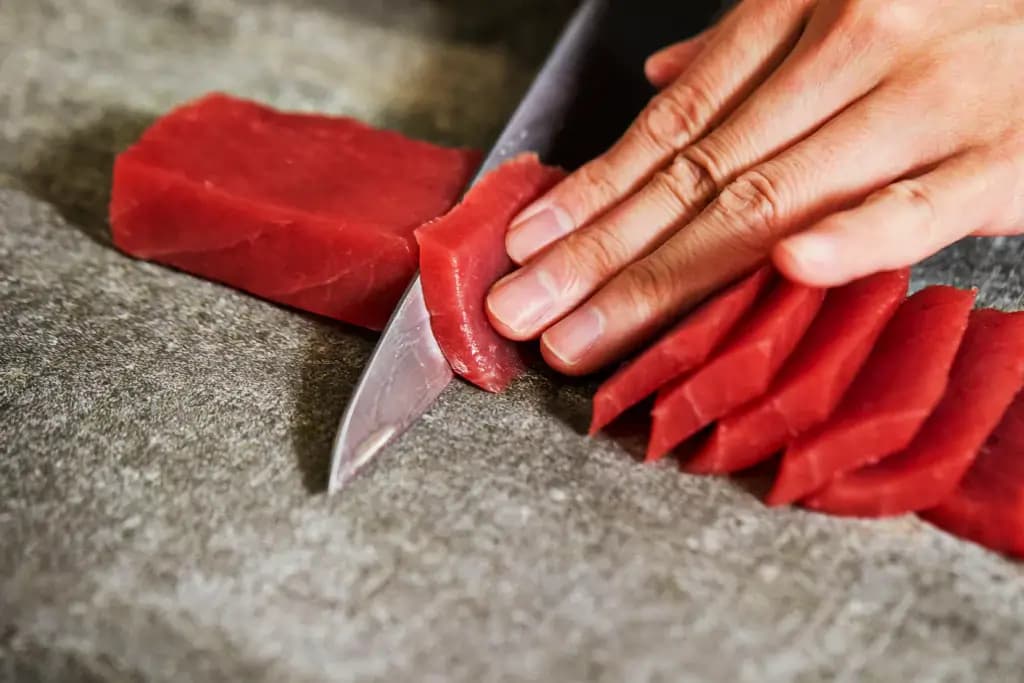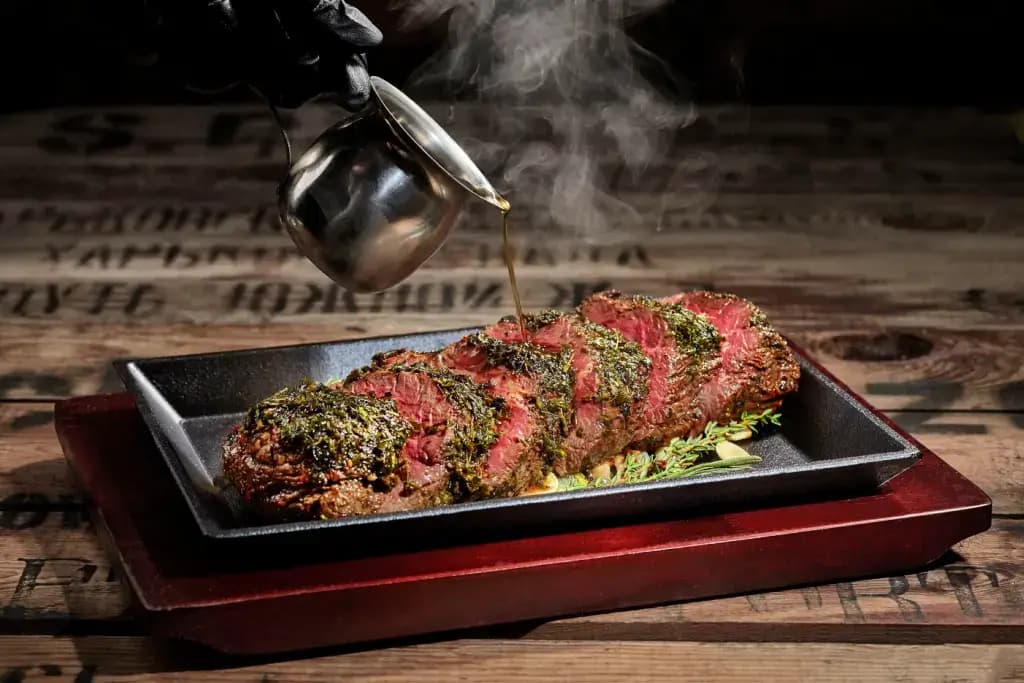

2025 OCTOBER 17
.James Lau
Gyoza: The Delicious History of Japan’s Favorite Dumpling!
Gyoza is one of the most popular comfort foods across the country. It’s enjoyed at ramen shops, izakaya pubs, and family dinners alike. While it may resemble Chinese dumplings, the Japanese variety has a distinct flavor and style all its own.
The dish represents centuries of culinary exchange, adaptation, and innovation. Understanding the food’s history and how to make it reveals how much care and technique go into every bite!
The Origins of Gyoza
The history of this food dates back to China, where dumplings were first created over 1,800 years ago. According to legend, a Chinese doctor invented them to help villagers suffering from frostbite. He wrapped minced meat, vegetables, and herbs in thin dough to create warm pockets of food. Over time, they evolved into a traditional dish eaten during the Lunar New Year, symbolizing wealth and good luck.

In the early 20th century, Japanese soldiers returning from China brought back a taste for dumplings, inspiring the local adaptation now known as gyoza. The Japanese version has a thinner wrapper and finely chopped filling. Japanese cooks began pan-frying one side of the dumpling before steaming it, creating the signature yaki-gyoza. The dish became popular in postwar Japan, where inexpensive and filling meals were in high demand.
Gyoza’s Rise in Japanese Cuisine
After World War II, gyoza began appearing in ramen shops as a side dish. It complemented the salty broth of ramen perfectly. The dumpling’s accessibility and affordability made it a favorite among workers and students, spreading its popularity. As regional variations emerged, each area began to add its own unique twist to the dish. Some cities became famous for their unique styles, such as Utsunomiya in Tochigi Prefecture, now considered Japan’s “Gyoza Capital.”

In Utsunomiya, gyoza restaurants line the streets, each offering its secret recipe or unique cooking style. Hamamatsu in Shizuoka Prefecture also developed its own famous version, typically arranged in a circle and served with bean sprouts in the center. The dish has expanded beyond traditional fillings to include seafood, cheese, or spicy miso versions. Frozen dumplings from supermarkets have made it even easier for families to enjoy at home.
Are you looking for amazing knives from Japan? Check out ZAKU! ZAKU has authentic knives handmade in Japan for all of your culinary needs!

Traditional Gyoza Ingredients
The key to delicious gyoza lies in its balance of ingredients. The filling usually includes ground pork, finely chopped cabbage, garlic, ginger, and green onions. Some recipes incorporate soy sauce, sesame oil, and sake to add depth of flavor. The wrapper, made from flour, water, and a pinch of salt, must be thin yet strong enough to hold the juicy filling. This balance of texture and taste makes every bite satisfying.

While pork is traditional, variations with chicken, beef, or shrimp have also become popular. Vegetarian options often use tofu, mushrooms, and Chinese chives to maintain a similar umami flavor. Many Japanese households also personalize their recipe, adjusting the garlic level or spice according to family taste. The flexibility of the recipe allows it to evolve while keeping its essence intact.
The Role of Knives in Gyoza Preparation
Preparing the filling requires precise knife skills. A Japanese nakiri bocho is ideal for slicing cabbage and green onions because of its straight edge and balanced weight. Its thin blade allows clean, quick cuts without bruising the vegetables, maintaining texture and moisture. For meat preparation, cooks often use a gyuto knife, the Japanese equivalent of a chef’s knife. This knife minces pork or chicken evenly, ensuring the filling cooks uniformly.

When chopping garlic and ginger, many chefs switch to a petty knife, a smaller, agile tool that allows for detailed cutting. The petty knife is perfect for mincing aromatics finely, which helps them blend seamlessly into the filling. A sharp knife improves the texture and also enhances the flavor by preventing the ingredients from being crushed. Proper knife handling demonstrates the respect Japanese cooks have for their tools and ingredients.
How to Make Gyoza at Home
To make your own Japanese dumplings, start by finely chopping cabbage, green onions, garlic, and ginger with your nakiri and petty knives. Mix them with ground pork, soy sauce, sesame oil, and a little salt in a large bowl. Lay out the wrappers and place a spoonful of filling in the center of each. Wet the edges with water, fold the wrapper in half, and pinch pleats along one side to seal it. This pleating technique locks in the flavor and gives each dumpling its crescent shape.

Heat a pan with oil and arrange the dumplings in a circular pattern, flat side down. Fry them until the bottoms turn golden brown, then add water and cover to steam for several minutes. Once the water evaporates, uncover and let the dumplings crisp again. Serve them hot with dipping sauce made of soy sauce, rice vinegar, and chili oil. When correct, the dish will have a crispy base, a tender wrapper, and a perfectly seasoned filling.
Gyoza’s Global Influence
Today, gyoza has gained international recognition as a must-try Japanese dish. It’s commonly found in restaurants around the world and often served alongside ramen or sushi. In Western countries, people experiment with fillings like cheese or truffle oil. Japanese food festivals abroad frequently highlight these dumplings. Its popularity continues to grow thanks to its approachable flavor and fun-to-eat format.

Many chefs now teach gyoza-making workshops to introduce Japanese cooking techniques to international audiences. These classes often emphasize the art of pleating and the use of traditional knives for preparation.
Through these experiences, people learn not only how to make dumplings but also how to appreciate the art of Japanese cooking. The dish serves as a culinary bridge between cultures, demonstrating how food can unite people across borders. What’s your favorite way to enjoy gyoza? How many can you eat in one meal? Let us know in the comments below!


















